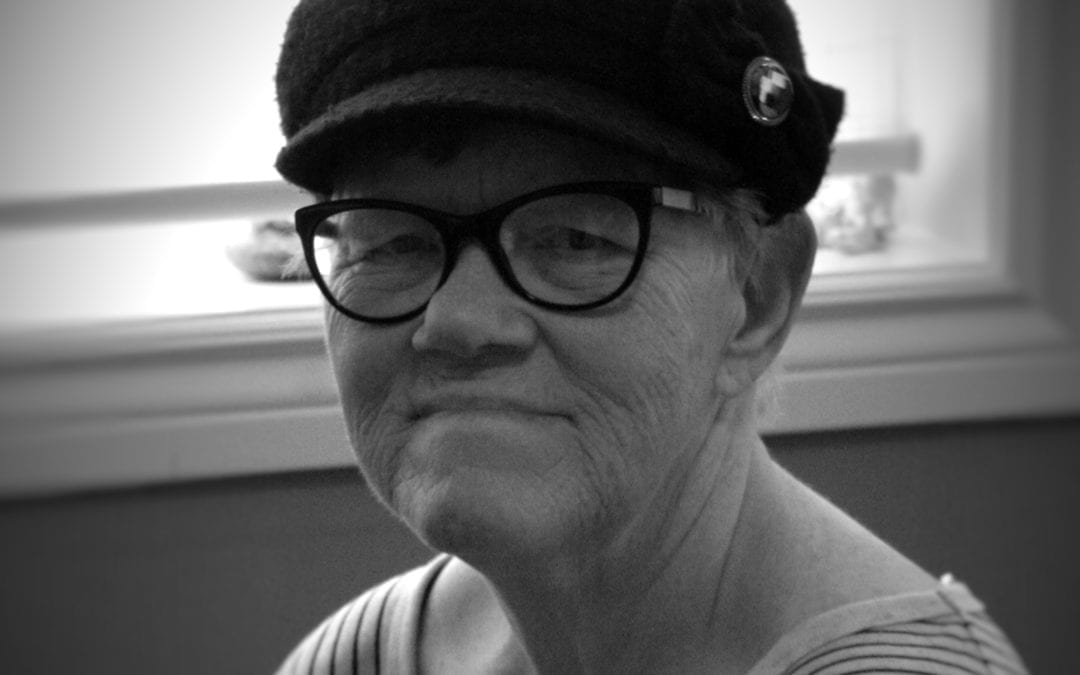Aging can be a challenging time for anyone. For 71-year old Viola, aging with deafblindness means an increased need for support as her field of vision narrows and range of hearing decreases over time.
Vision and hearing loss are often part of the aging process. Deafblindness is a combined loss of both senses that impacts access to information, communication, and mobility. This can lead to social isolation and affect one’s sense of community.
Over one percent of Canada’s population or approximately 466,420 people are deafblind. In Ontario, an estimated 211,250 individuals are deafblind.
For Viola, and many others living with deafblindness, DeafBlind Ontario Services not only provides communication support, but a richer, more meaningful life experience.
In 2016, Viola moved into one of DeafBlind Ontario Services’ locations in London, Ontario. Residential programs provide accessible, barrier-free, affordable housing, and access to Intervenor Services 24/7.
After living independently for 18 years in a barrier-free apartment, Viola’s needs changed. She began to require assistance with day-to-day tasks beyond community-based outings, like grocery shopping and medical appointments.
With the support of DeafBlind Ontario Services’ professional intervenors, Viola has regained skills like cooking. “On her own, the only way she could cook was with the microwave to prevent burning herself. Now, Viola cooks with the assistance of an intervenor. She’s also doing tasks like laundry independently again”, explains Sarah, an intervenor.
“With the right supports in place, the potential of a person with deafblindness is limitless”.
Intervenors are professionally trained to act as the “eyes” and “ears” of the individual with deafblindness through the sense of touch. By facilitating the exchange of information and assisting with communication methods, intervenors empower people with deafblindness to thrive. Viola now has more access to supports and services, allowing her to meaningfully connect with the world around her.
An individual with deafblindness may use as many methods of communication as needed to facilitate the exchange of information. Viola’s preferred method of communication is American Sign Language (ASL), along with picture cues. “It could be a photo of her at Tim Horton’s or standing outside of McDonalds – so she understands what it is, and where we are going. She goes out for coffee daily, and rotates between McDonalds, Tim Hortons, and Starbucks”, Sarah notes.
Although Viola could independently complete everyday tasks decades ago, she increasingly became less able to perform them. “With us being there to assist, we’ve given her that confidence again”, says Sarah. The relationship between the individual with deafblindness and the intervenor is more of a partnership, as reflected in DeafBlind Ontario Services’ philosophy of “do with, not for”.”
The growth of Canada’s senior population is accelerating. 22% or 70,080 of Ontario seniors in home care and long-term care reported experiencing vision and hearing loss combined.
Every year, on October 1st, Canada celebrates National Seniors Day (#NationalSeniorsDay). Join us in honouring our seniors, like Viola, by highlighting their valuable contributions to our families, workplaces, communities, and society.




Recent Comments